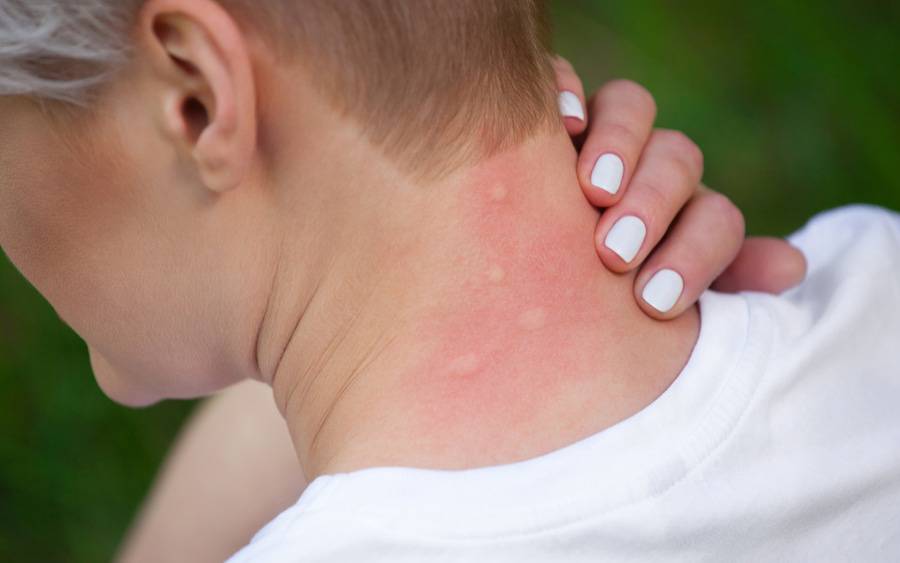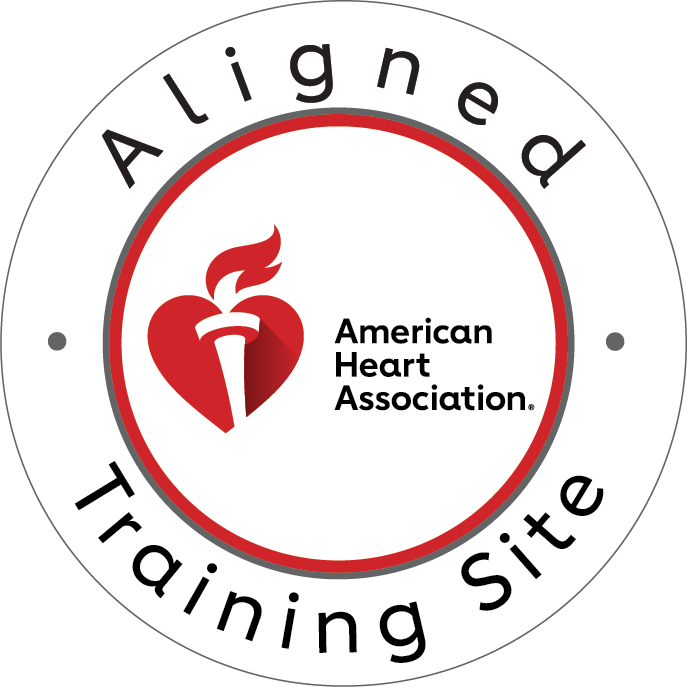Animal bites and insect stings are among the most common emergencies requiring immediate first aid intervention. Whether you’re dealing with a dog bite, bee sting, or snake bite, understanding proper first aid techniques can mean the difference between a minor incident and a life-threatening emergency. This comprehensive guide explores essential bites and stings first aid protocols, medical management strategies, and when to seek professional help.
Understanding Different Types of Bites and Stings: First Aid Essentials
Emergencies involving bites and stings vary significantly in severity and require different treatments. Consequently, proper identification becomes crucial for effective first aid management. Insect stings, while typically minor, can trigger severe allergic reactions in susceptible individuals. Meanwhile, animal bites pose risks of infection and potential rabies transmission.
Spider bites, particularly from venomous species, require immediate attention and specific first aid protocols. Similarly, snake bites demand urgent medical intervention, as delays can prove fatal. Understanding these distinctions helps responders provide appropriate bite and sting first aid care.
Marine animal stings, including jellyfish and stingray encounters, present unique challenges requiring specialized treatment approaches. Furthermore, tick bites, though often painless, can transmit serious diseases like Lyme disease and Rocky Mountain spotted fever.
Immediate First Aid for Insect Stings
When responding to insect stings, quick action prevents complications and reduces discomfort. Initially, remove any visible stinger using tweezers or a credit card edge, avoiding squeezing, which releases more venom. Subsequently, clean the affected area thoroughly with soap and water to prevent secondary infection.
Apply cold compresses immediately to reduce swelling and pain associated with the sting. Additionally, over-the-counter antihistamines help manage allergic reactions and itching. However, monitor the victim closely for signs of anaphylaxis, including difficulty breathing, widespread hives, or facial swelling.
For severe allergic reactions, emergency medical services should be contacted immediately. Meanwhile, if available, administer epinephrine auto-injectors as prescribed. Remember that bite and sting first aid protocols emphasize rapid intervention to prevent escalation of symptoms.
Animal Bite First Aid and Medical Management
Animal bites require comprehensive first aid management due to infection risks and potential tissue damage. First, control bleeding by applying direct pressure with a clean cloth or gauze. Then, thoroughly irrigate the wound with clean water or saline solution to remove bacteria and debris.
Assess the wound depth and severity, as puncture wounds pose higher infection risks than superficial scratches. Next, apply antibiotic ointment if available, followed by a sterile dressing. However, avoid closing deep puncture wounds, as this traps bacteria inside.
Document important details, including animal type, vaccination status, and circumstances surrounding the bite. This information proves vital for medical professionals determining appropriate treatment protocols. Furthermore, report animal bites to local health authorities as required by law.
Snake Bite Emergency Response and First Aid
Snake bites represent true medical emergencies requiring immediate professional intervention. However, proper first aid measures can significantly improve outcomes while awaiting medical care. Initially, keep the victim calm and still, as movement accelerates venom circulation throughout the body.
Remove jewelry and tight clothing near the bite site before swelling occurs. Position the affected limb at or below heart level to slow venom spread. Additionally, clean the wound gently with soap and water, then cover with loose, sterile bandaging.
Never attempt to suck venom from snake bites or apply ice directly to the wound. Similarly, avoid tourniquets, which can cause severe tissue damage. Instead, focus on rapid transport to medical facilities equipped for antivenom administration. Remember that bite and sting first aid emphasizes supporting the victim until professional help arrives.
Marine Animal Sting Treatment Protocols
Marine animal stings require specialized first aid approaches depending on the species involved. For jellyfish stings, remove visible tentacles using tweezers, avoiding bare hand contact. Then, rinse the affected area with hot water (104-113°F) for 20-45 minutes to deactivate remaining venom.
Alternatively, vinegar application helps neutralize certain jellyfish toxins before hot water treatment. However, avoid rubbing the area or applying ice, which can trigger additional venom release. Subsequently, apply topical pain relievers and monitor for systemic reactions.
Stingray wounds often require different management due to associated trauma and retained barbs. Clean the wound thoroughly and soak it in hot water to reduce pain and bacterial load. Nevertheless, seek medical attention for proper wound evaluation and potential antibiotic therapy.
Recognizing Serious Allergic Reactions
Anaphylaxis represents the most serious complication of bites and stings, requiring immediate emergency intervention. Early recognition of symptoms enables prompt treatment and prevents life-threatening progression. Watch for difficulty breathing, rapid pulse, dizziness, or widespread skin reactions.
Facial swelling, particularly around the eyes and lips, indicates a severe allergic response requiring immediate medical attention. Additionally, nausea, vomiting, and abdominal cramping may accompany serious reactions. These symptoms can develop within minutes of exposure, emphasizing the importance of preparedness.
If epinephrine auto-injectors are available, administer according to prescribed instructions while calling emergency services. Remember that bite and sting first aid training teaches recognition and response to these critical situations.
When to Seek Medical Attention
Certain bite and sting situations require professional medical evaluation regardless of initial first aid measures. Deep puncture wounds, extensive tissue damage, or signs of infection warrant immediate medical attention. Similarly, bites from unknown animals or those with questionable vaccination status require professional assessment.
Any snake bite should be treated as a medical emergency requiring hospital evaluation. Additionally, marine animal encounters resulting in embedded spines or severe pain need medical intervention. Furthermore, spider bites from potentially venomous species require monitoring and possible treatment.
Signs of infection, including increased redness, warmth, swelling, or pus formation, indicate the need for medical care. Moreover, victims with compromised immune systems or underlying health conditions should seek professional evaluation following any significant bite or sting incident.
Prevention Strategies and Safety Measures
Prevention remains the most effective approach to managing bite and sting emergencies. Wear appropriate protective clothing when hiking, gardening, or working in areas with known hazards. Additionally, maintain awareness of surroundings and avoid disturbing wildlife or insect nests.
Keep emergency supplies readily available, including first aid kits, antihistamines, and prescribed medications like epinephrine auto-injectors. Furthermore, ensure family members understand basic first aid procedures and know how to access emergency services.
Regular training updates help maintain proficiency in bite and sting first aid techniques. Moreover, staying informed about local wildlife hazards and seasonal activity patterns enhances prevention efforts.
Take Action: Get Certified in Life-Saving Skills
Don’t wait for an emergency to learn these critical skills. Professional first aid training provides hands-on experience with bite and sting scenarios, building confidence for real-world situations. CPR Columbus, an American Heart Association training site, offers comprehensive first aid certification programs designed for both healthcare professionals and community members.
Our stress-free, hands-on approach ensures you’ll master essential bite and sting first aid techniques through practical application. Whether you need initial certification or renewal, our AHA first aid certification in Columbus provides the knowledge and skills to respond effectively to emergencies.
Contact CPR Columbus today to enroll in our CPR certification programs in Columbus. As the best CPR training provider in Columbus, we offer BLS for Healthcare Providers, ACLS, PALS, and comprehensive CPR and First Aid courses. Invest in your ability to save lives – because when seconds count, proper training makes all the difference.





